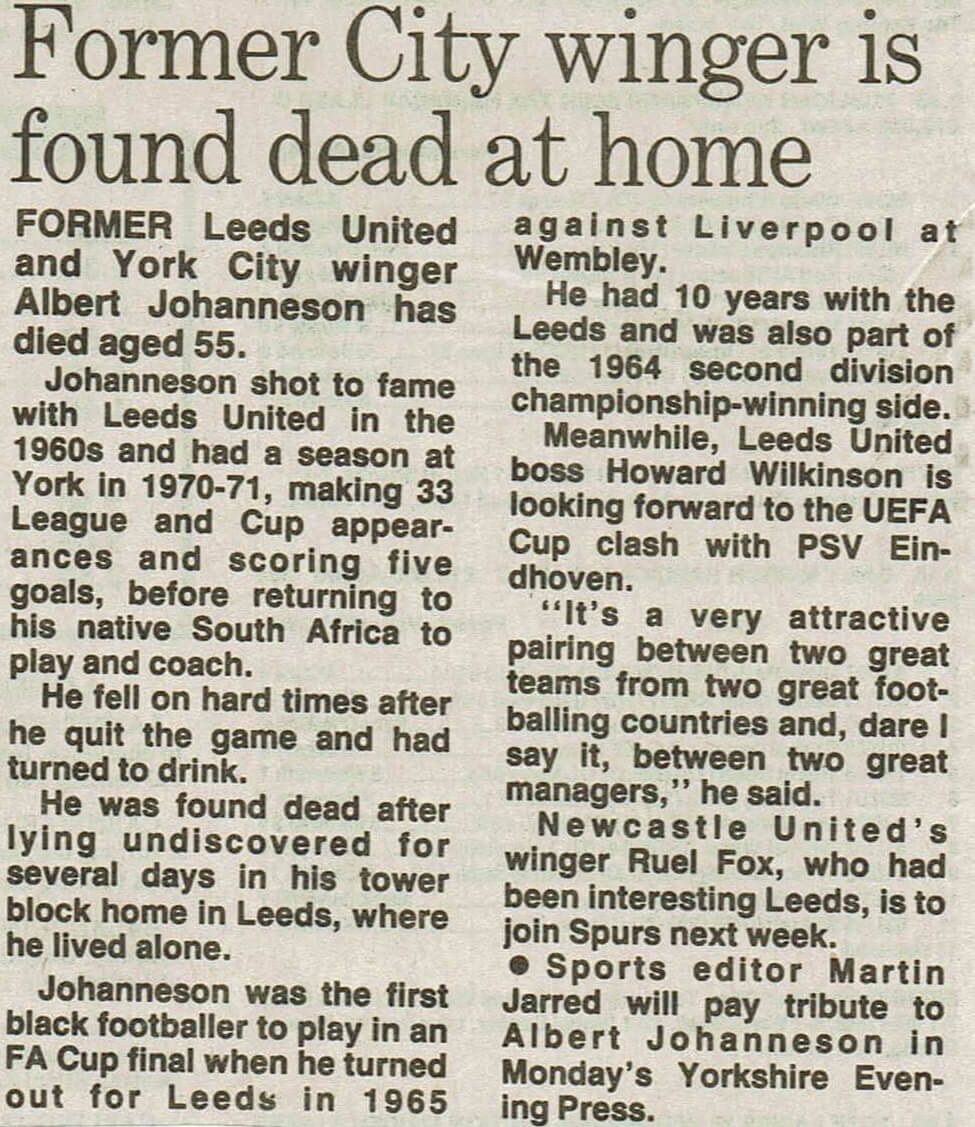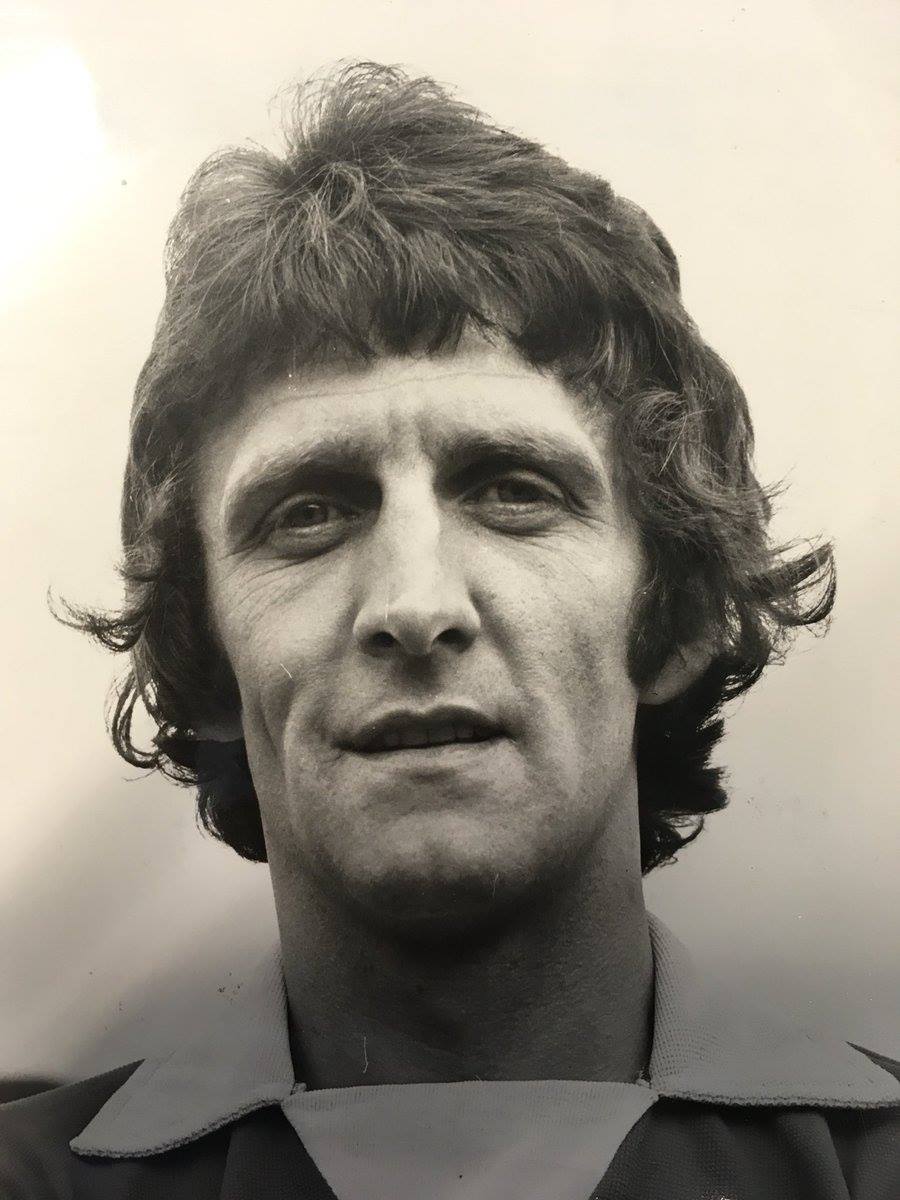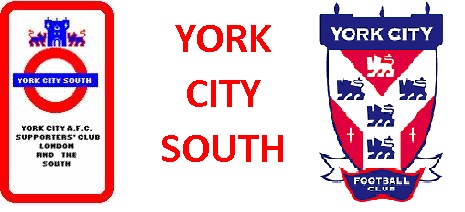

1970/1 Review - Tom Johnston - The Canny Scot
Tom Johnston joined City in October 1968, Joe Shaw, the previous manager having resigned to support his family’s ailing shop business in Sheffield.
Johnston was unable to save City from a third successive re-election in 1969. In those days before automatic promotion and relegation with the Conference, the bottom 4 clubs had to seek re-election to The Football League. It was usually a foregone conclusion, unless you were absolutely abysmal over a long period of time and your ground was falling down, we weren’t nearly that that bad.
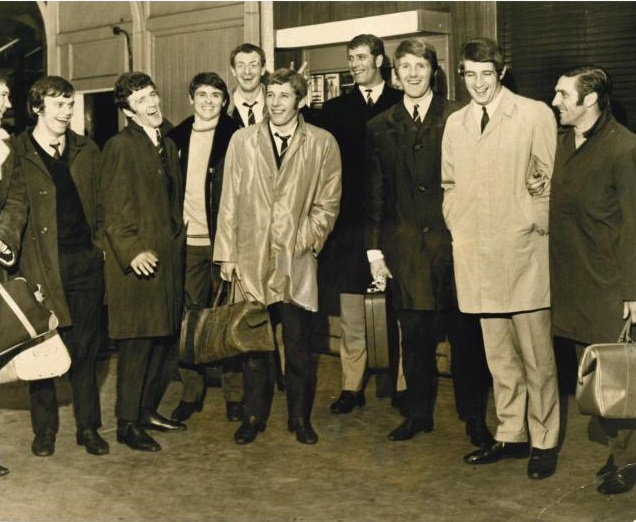
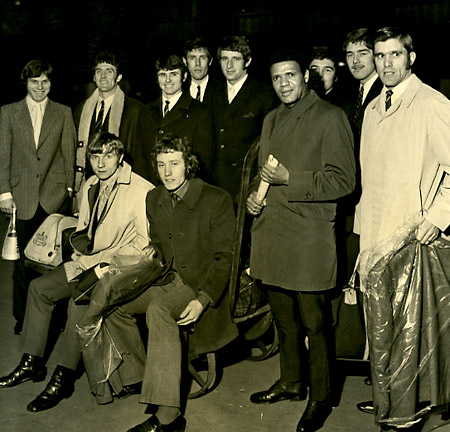
That first season saw the arrival of Archie Taylor, possibly one of the fastest ever wingers to play for City, Bobby Sibbald, a former Leeds right back and Dick Hewitt, a cultured inside forward / midfielder. In defence, Johnston was quick to give Chris Topping, City’s first ever apprentice professional his debut. He slotted in seamlessly alongside Barry Jackson, now approaching the veteran stage and displacing Graham Carr in the team. Today, Carr is better known as Newcastle’s Head Scout and is the father of Alan, the comedian.
Johnston slowly improved the side, but he couldn’t save City from re-election in his first (part) season.
1969/70 saw a further improvement. A 13th place finish might have been higher if City hadn’t sold Ted MacDougall and replaced him with Kevin McMahon. Newcomers signed during the season included BarrySwallow and Paul Aimson (given a heroes welcome on his return for a second spell with City). The side was looking settled, but was struggling for goals.
For 1970/1, the side had a familiar look, but 3 wins in the opening 4 games lifted expectations. They were short lived as City’s stuttering form returned, 2 4-3 wins, each from 3-1 down, and a 6-4 defeat at Brentford, including 3 City goals from 5-1 down in under 2 minutes made for good entertainment.
In December, Phil Boyer was sold to Bournemouth where he was re-united with Ted MacDougall.
January saw an upturn in form. City beat Division 2 Bolton in the FA Cup and then faced Southampton, at the time, in the top 6 of England’s top flight in The FA Cup. 13,775 saw a classic game at Bootham Crescent. Goalless at half time, City went 2 down before pulling one back with 10 minutes to go. Quickly The Saints restored their 2 goal lead, late goals from Dick Hewitt and Paul Aimson forced a replay. For the replay City went down gallantly 3-2. By this time the season looked over, City struggling to maintain a top half position.
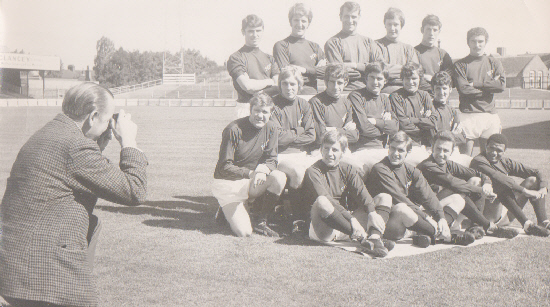
February saw a classic 0-0 draw at home to Brentford. I recall at the time, The Yorkshire Evening Press noting that several Brentford supporters who’d been at the game contacting the paper to ask for copies containing the match report as many felt it was the best 0-0 game they’d ever seen.
A week later City beat Newport 3-0 to prevent a winless February. The win marked the start of a run, repeating the 1964/5 promotion surge, with 10 wins and a draw in 11 games. 3,158 saw the Brentford game, 5 weeks later, 7,089 saw City beat Northampton 4-1 to move into the top 4. 10,623 saw the Easter win over Darlington.
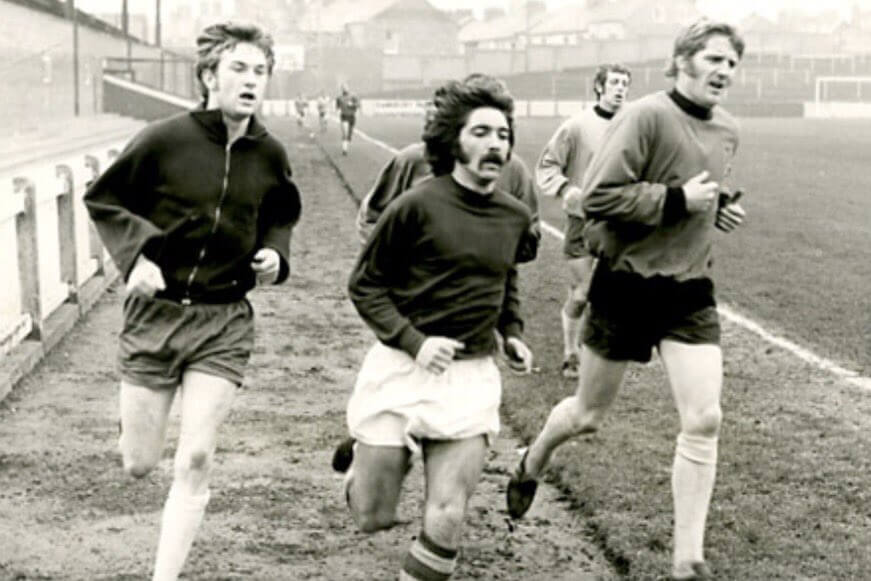
The 11 game run ended with a 1-1 draw at Chester on Easter Monday, a point that was enough for us to claim a promotion spot with 5 games still to go.
Form tailed off and City won just one more game.
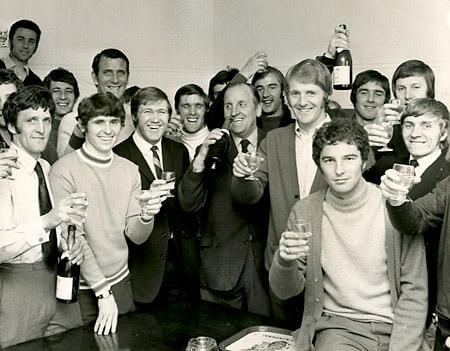
14,321 packed Bootham Crescent for the game with Oldham who joined us in winning promotion but the crowd dipped to 5,021 on the following Saturday for the final home game of the season, a 2-0 win over Scunthorpe, memorable for an absolutely soaking day and a missed penalty from Scunthorpe’s Kevin Keegan, apparently not enough to deter Bill Shankly from signing him for Scunthorpe that summer.
For City’s second promotion campaign, Paul Aimson top scored with 26 league goals (plus 5 in the cup), he was supported by Kevin McMahon (13) and Phil Boyer (9, before he left in December).
Despite some high scoring games, City’ defence had a solid look about it. Barry Swallow, Chris Topping, Phil Burrows and John Mackin, missing just 6 games between them. They were almost ever presents for half the next 2 seasons.
That season saw Ford Motor Company launched their Ford Sporting League, a competition for all 92 league clubs where points were based on goals scored (double for away goals) and points lost for bookings and sending offs. Certainly winners, Oldham were able to make significant ground improvements with their £70,000 first prize, more than enough to build a whole new stand. City’s reward for being second was nothing like that, if anything.
Star Men?
It is difficult to pick a star man out of the side. It was just a good all round side. The defence, I've got to say, ably captained by Barry Swallow, was formidable and stayed together for 4 seasons and another promotion campaign, a unique achievement in City's history. For many years, some would put forward Swallow as City's best ever captain. To this day, his playing colleagues sing his praises as a player and captain. Many others call out Chris Topping and Phil Burrows for their stand out defending alongside Barry Swallow.
Behind them, a young Ron Hillyard made the keeper's jersey his own. His City career was soon behind him, but a long and extremely successful lower league career tells its own story.
Upfront, Paul Aimson took his place in City folklore, again, many would rate him as one of the best ever strikers to play for City. With the likes of Dick Hewitt and Albert Johanneson in midfield, not forgetting Phil Boyer who left in mid season, it was an all round talented side.
Unsung Hero #1 - Dick Hewitt Dick Hewitt made 43 appearances during the 1970/71 season, as City secured promotion from the old Division 4 under Tom Johnston when the South Elmsall-born inside-forward also netted four times.
He left for Scarborough two seasons before Johnston’s team went on to make history by reaching the second tier, but both Topping and Crawford believe Hewitt could have made the step up in grade with them if he had been handed the opportunity.
He left for Scarborough two seasons before Johnston’s team went on to make history by reaching the second tier, but both Topping and Crawford believe Hewitt could have made the step up in grade with them if he had been handed the opportunity.
Topping, who is third in the Minstermen’s all-time appearance list, said: “Dick had a lovely left foot and, although he didn’t head the ball too much because he was quite slight, he also took good free kicks and corners. He was part of the Tom Johnston jigsaw because, even though Tom couldn’t coach to save his life, he knew how to put teams together and Dick slotted in nicely on that left side. He was also from a hard-working area and that was reflected in the way he trained and played. He always got a good sweat on and he was skilful enough to play in the second division. I’m sure him and Phil Burrows would have both been good down that wing if they hadn’t left before. As a person, Dick was quiet and a very nice, unassuming person. I’m sure he was a very good parent, because he was very calm.”
Crawford, meanwhile, revealed that it was Hewitt’s affable personality that played a major part in the then Sheffield United keeper’s decision to make his loan switch to Bootham Crescent a permanent move.
The Scotsman would go on to become one of the most highest-rated net-minders in City’s history, equalling a Football League record when he kept 11 consecutive clean sheets in the old third division.
Had it not been for Hewitt, though, Crawford’s stay in North Yorkshire might not have lasted beyond the initial month agreed. He revealed, “I used to travel in from Sheffield with Dick and Paul Maloney, who were also based in South Yorkshire and Dick was influential in getting me to come to York, because he was so friendly and helpful. Sometimes, when you go out on loan, it can feel strange, but I always had a laugh and a joke with Dick and he helped me settle in. Football wise, he had a great touch and could always put a good ball in. He was exceptionally skilful. He could do something different for the team and his end product was always good. He could have made that step up to the second division, because he had lots of ability.”
Hewitt also played for the England Boys Clubs’ XI against Scotland, Wales and Ireland and, after moving from first-club Huddersfield where he didn’t make the breakthrough at first-team level, he made a name for himself at Bradford City and Barnsley, who sold him to the Minstermen for £400.
After leaving City, he went on to play for Scarborough in two FA Trophy finals at the old Wembley stadium, beating Wigan 2-1 in the 1973 semi-final.
He later ran the Seadogs’ reserve team and worked as a telephone engineer before running the Duchess pub in Scarborough until his retirement in 1999.
What Came Next? Tom Johnston continued his steady building. The next 2 campaigns ended on goal average survival before Johnston took City up into Division 2. To this day, the only manager to have taken City to 2 promotions. This promotion marked the start of 6 consecutive seasons above Division 4, so far, the longest spell we've ever spent playing higher grade football. Also see:
